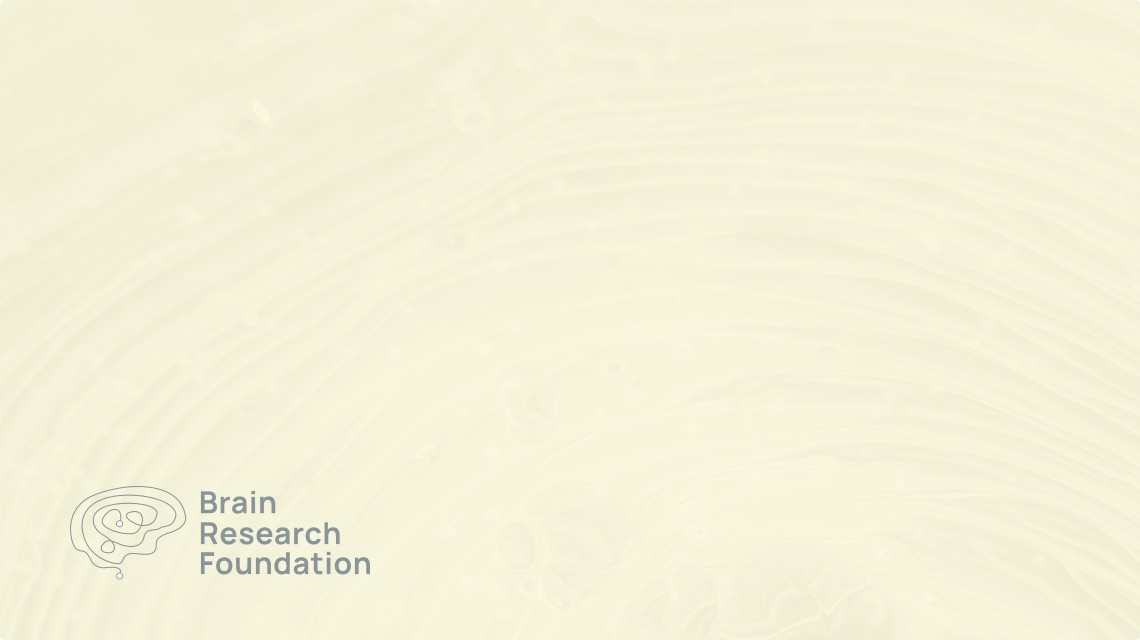Age-related macular degeneration (AMD) is the most common cause of visual impairment in Americans over the age of 60. Every year, 700,000 new cases of AMD are diagnosed and 10% of those patients will become legally blind. Unfortunately, there are no cures for AMD and, at best, current treatments only slow the disease progression. Retinitis pigmentosa is a vision-loss disorder estimated to affect 100,000 individuals in the US, for whom there is no effective treatment at this time. The overall economic impact of these visual impairments is significant. Visual prostheses aim to restore sight to individuals who have severe visual impairments as a result of AMD and RP. However, at best, the patients using visual prostheses can only distinguish large objects with high contrast (i.e. a dark-colored door in a white room). The limitations of the prostheses are possibly due to the lack of precision in the electrical stimulation of the nerves in the eye. We can achieve much more specific stimulation of nerves using lasers. Dr. Matic will use her 2012 Seed Grant to use lasers to stimulate nerves in the eye as an alternative technology for visual prostheses. The ultimate goal of this project is to build a laser-based prosthesis for the eye that affords the patient a significant increase in their quality of life.
2012
Agnella Matic, Ph.D.



